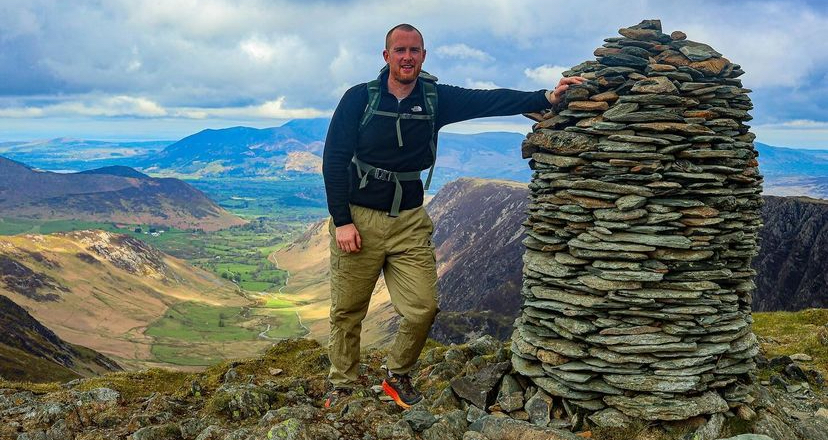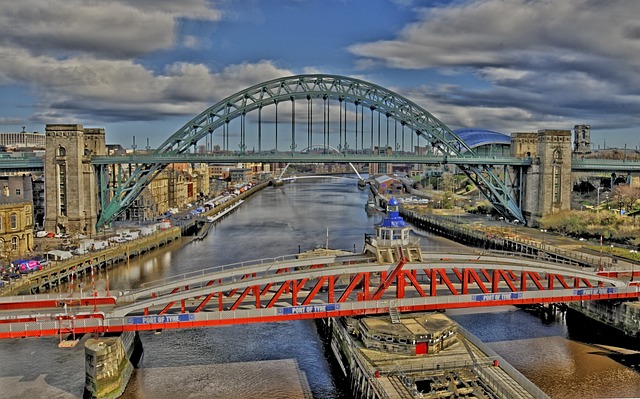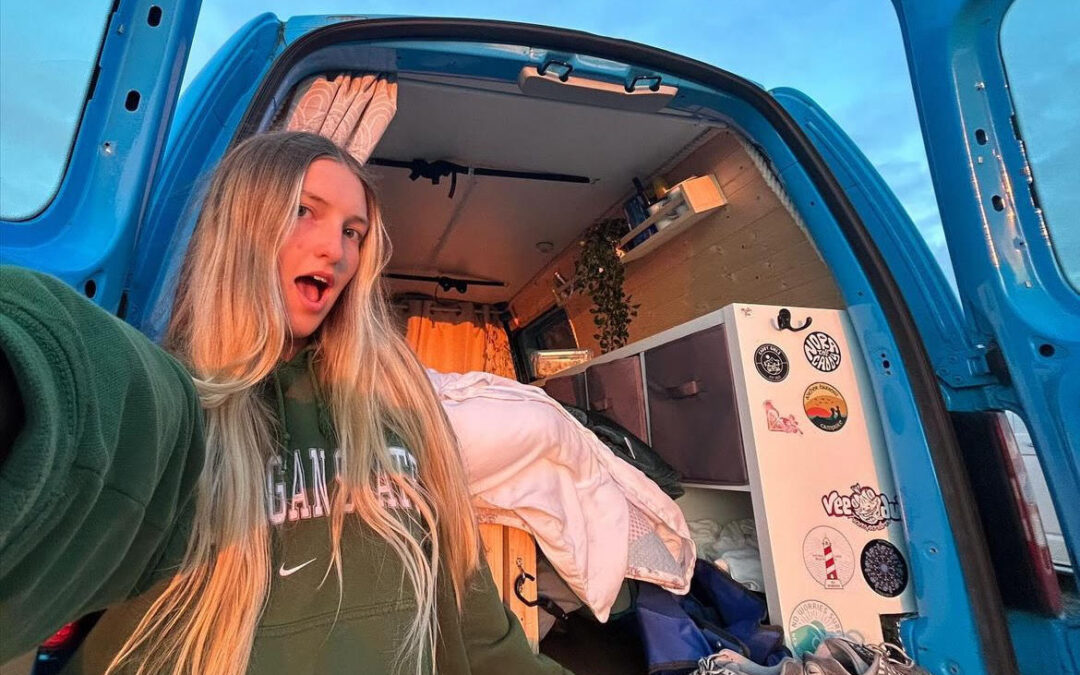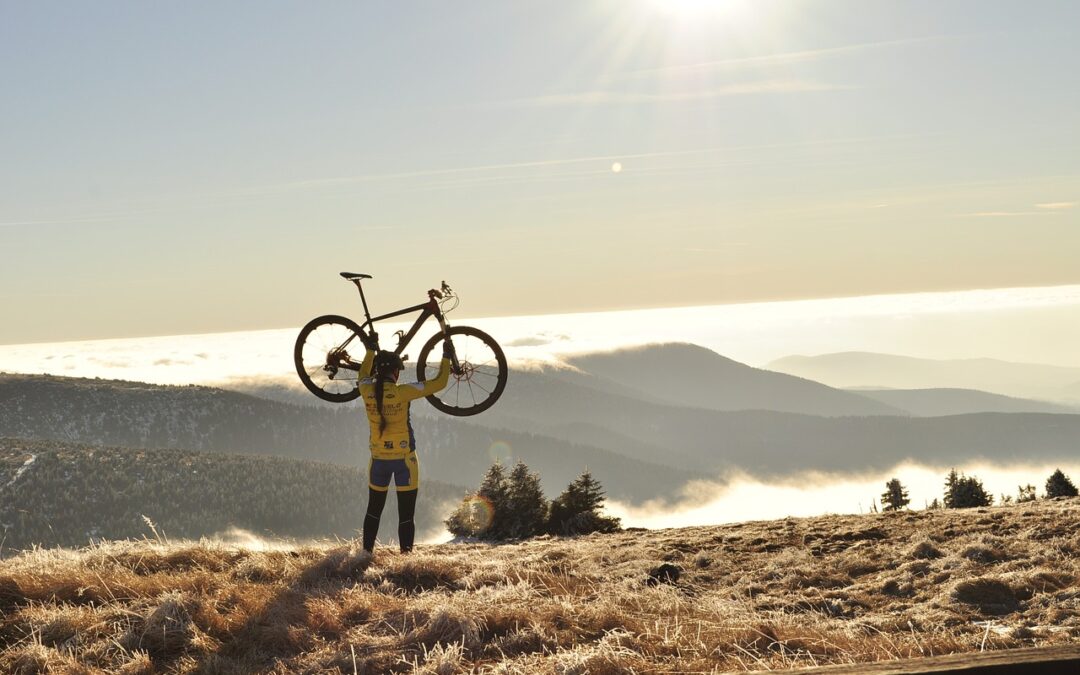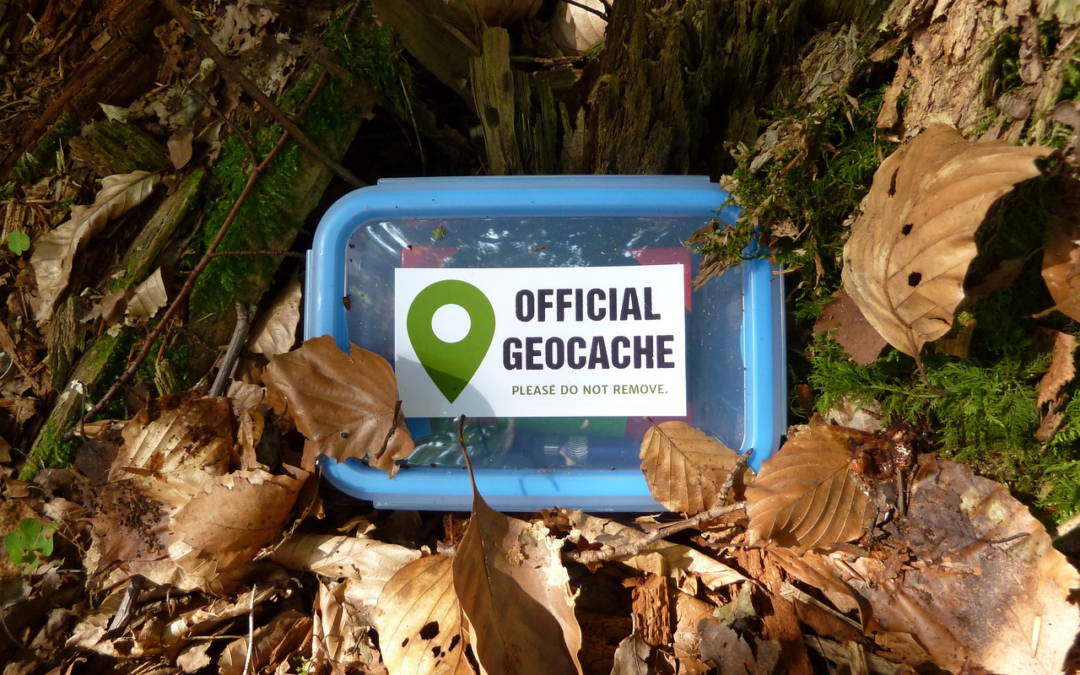We’ve lost approximately 97% of flower-rich meadows since the 1930’s. To help the wildflowers bloom and nature reap its rewards, leave the lawn mower in the shed and let the grass grow.
By not mowing your lawn for the month of May, you can benefit local wildlife, help tackle pollution and create a wild garden for all the creatures in your backyard. You will be helping the environment and crossing another chore off from the never ending To Do list!
We spoke to Andrew Doyle, Plantlife’s conservation officer, about the benefits of this initiative and how even the smallest efforts can make a significant impact.
Springtime is when most wildflowers start to bloom. By participating in No Mow May, you allow these flowers to grow, creating a haven for pollinators and small animals. As Andrew explains, “We get to have this opportunity to find out what might be hiding amongst the grasses because it may be the first time you’ve left the area to grow longer, and it might well surprise you.”
Every garden is unique, making it hard to predict exactly what you’ll discover. However, common sights include daisies, dandelions, and clovers which are great for the pollinators.
Over the past six years, No Mow May has led to the identification of 250 different species in participants’ gardens. “We get a lot of people sending photos to us using the No Mow May hashtag, or on our website,” says Andrew.
“You’d be surprised at how many orchids can sometimes appear in people’s gardens. So it really is an incredible opportunity” he continued.
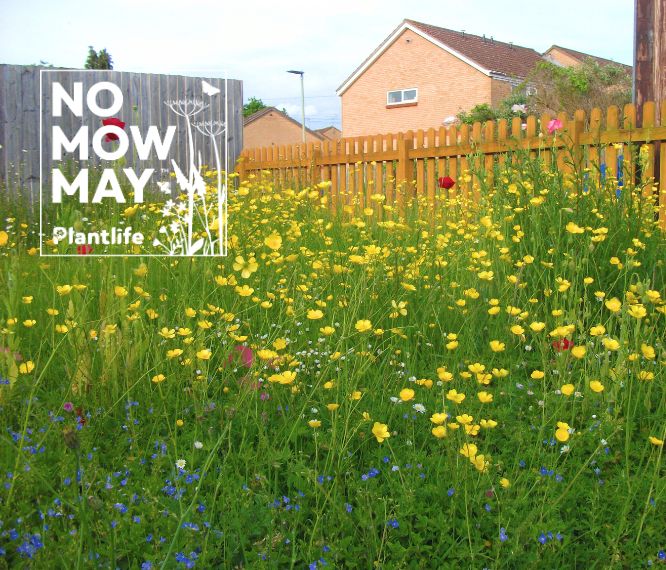
It’s not just wildflowers that benefit from a break in mowing. Gardens left to grow wild support over 100 pollinators, including bees, moths, and butterflies. These creatures are essential for starting their life cycles, relying heavily on grasses and wildflowers. It’s especially important for small mammals.
“It’s important to avoid using strimmers too, which can injure our hedgehogs, and the frogs and toads and all the birds and things that are going to love being able to access the seeds in the wildflowers and that habitat.” Andrew explains.
But for those of us living in cities and still wanting to help out, you can! Even if you don’t have a garden, you can still participate. Andrew suggested creating a mini wildflower meadow in a pot. It’s important to use native perennial wildflower seeds, ideally locally sourced. “They’ve developed in harmony with local pollinators for millennia, so we need to make sure it’s native seeds for our pollinators,” he advises.
Planting a mini meadow now might not bring immediate results, but it sets the stage for a vibrant display next summer.
By embracing No Mow May, you contribute to a movement that boosts nature’s resilience and biodiversity. Whether you’re allowing your lawn to grow wild or creating a mini meadow, your efforts support pollinators and wildlife, fostering a healthier environment for everyone.
So, this May, put down your mower and watch your garden transform into a thriving ecosystem. Visit PlantLife’s website for more information and tips on getting started. Let the grass grow and let the wildlife reap the rewards.


